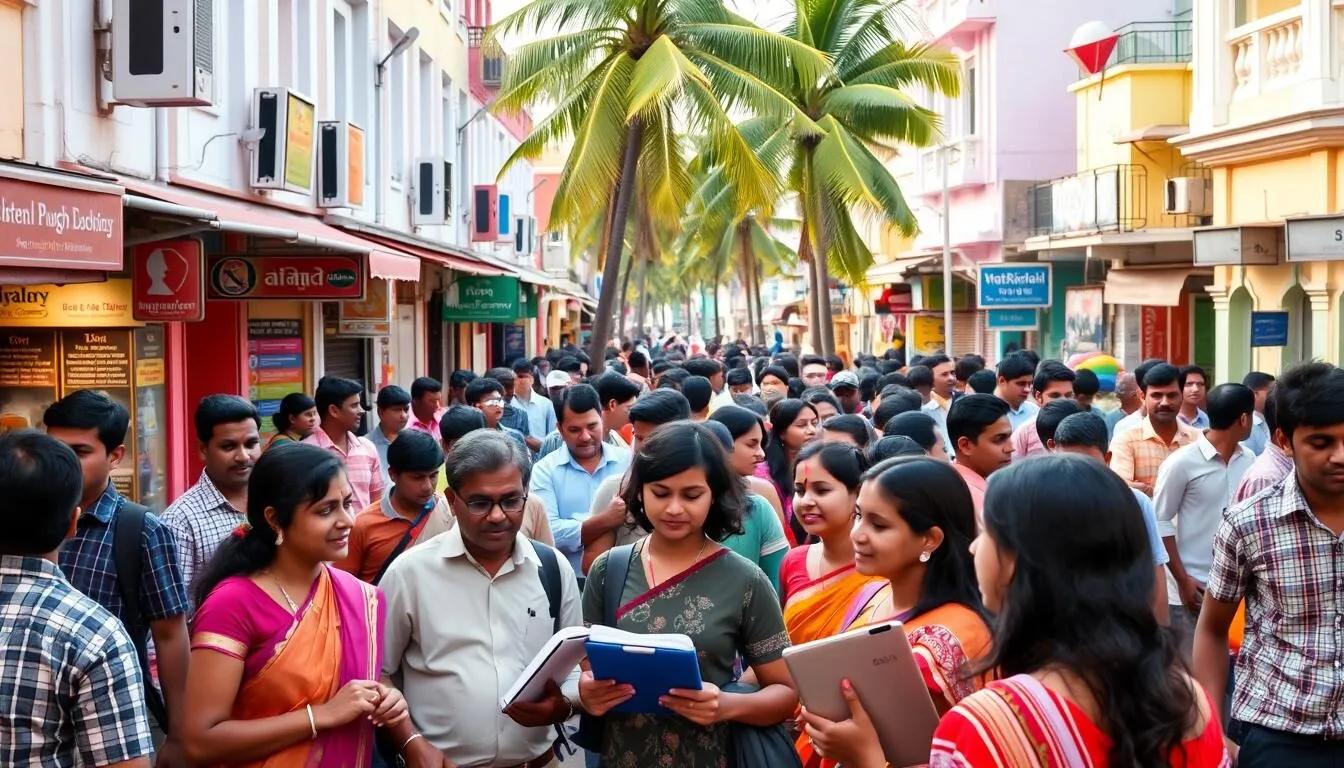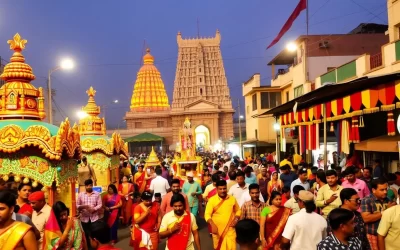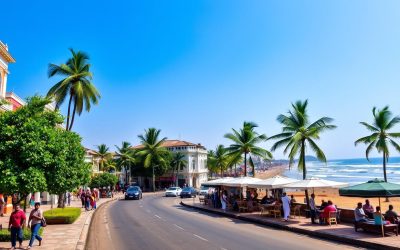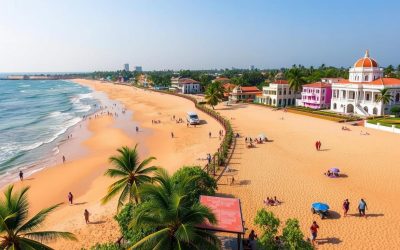✓ Accommodations✓ Flights✓ Rental Cars
You might be surprised to know that Puducherry, a small union territory in India, is home to a diverse linguistic landscape. With a history of French colonial rule, this region has developed a unique cultural identity.
As you explore this fascinating territory, you’ll discover that its four non-contiguous districts – Puducherry, Karaikal, Mahe, and Yanam – each have their own predominant languages. The region’s linguistic tapestry is woven with Tamil, Malayalam, and Telugu, reflecting its complex history and geographical distribution.
This introduction sets the stage for understanding the language dynamics in this region, where French and English also play significant roles.
The Unique Linguistic Landscape of Puducherry
The linguistic landscape of Puducherry is a fascinating blend of various languages and cultures. As you explore this union territory, you’ll discover a rich tapestry of languages spoken by its people.
Geographical Distribution of Puducherry’s Districts
Puducherry is composed of four distinct districts: Puducherry, Karaikal, Yanam, and Mahe. Each district has its own linguistic profile, shaped by its geographical location and historical background. For instance, the Puducherry and Karaikal districts are predominantly Tamil-speaking, while Yanam is home to a majority of Telugu speakers, and Mahe is predominantly Malayalam-speaking.
| District | Predominant Language | Percentage of Speakers |
|---|---|---|
| Puducherry | Tamil | 88.22% |
| Karaikal | Tamil | 88.22% |
| Yanam | Telugu | 5.96% |
| Mahe | Malayalam | 3.84% |
Overview of Language Diversity in the Union Territory
Puducherry’s linguistic diversity is reflected in its five official languages: Tamil, Malayalam, Telugu, French, and English. With a population of 1,394,467 as per the 2011 Census, the territory accommodates different linguistic communities. You’ll find that Tamil speakers form the majority, followed by Telugu and Malayalam speakers. French, though spoken by a smaller percentage, maintains official status due to the territory’s colonial heritage.
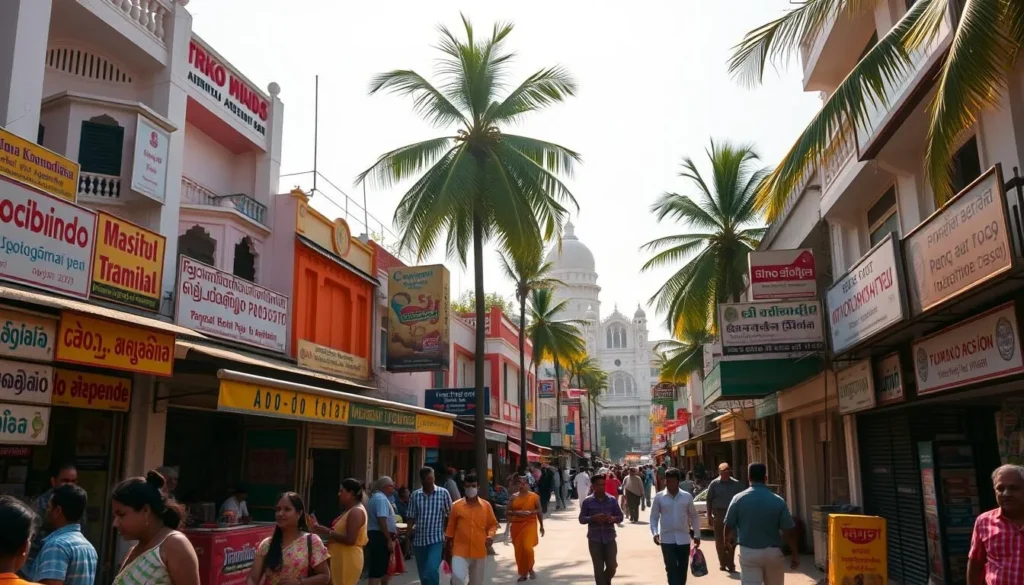
The language diversity in Puducherry is a unique aspect of its cultural identity. As you explore the territory, you’ll notice the coexistence of different languages, reflecting its history and cultural significance.
Historical Background: French Colonial Influence on Languages
As you explore Puducherry’s past, you’ll discover how French colonial rule left an indelible mark on its languages. The French influence on the local languages is a testament to the region’s rich history.
The French Rule in Puducherry (1674-1954)
The French rule in Puducherry, which lasted from 1674 to 1954, was a significant period that shaped the linguistic landscape of the region. During this time, French became the language of administration, education, and culture. You would have seen the establishment of French educational institutions, which played a crucial role in promoting the French language. The French legacy continued to influence the local languages, with many French words being incorporated into the local dialects.
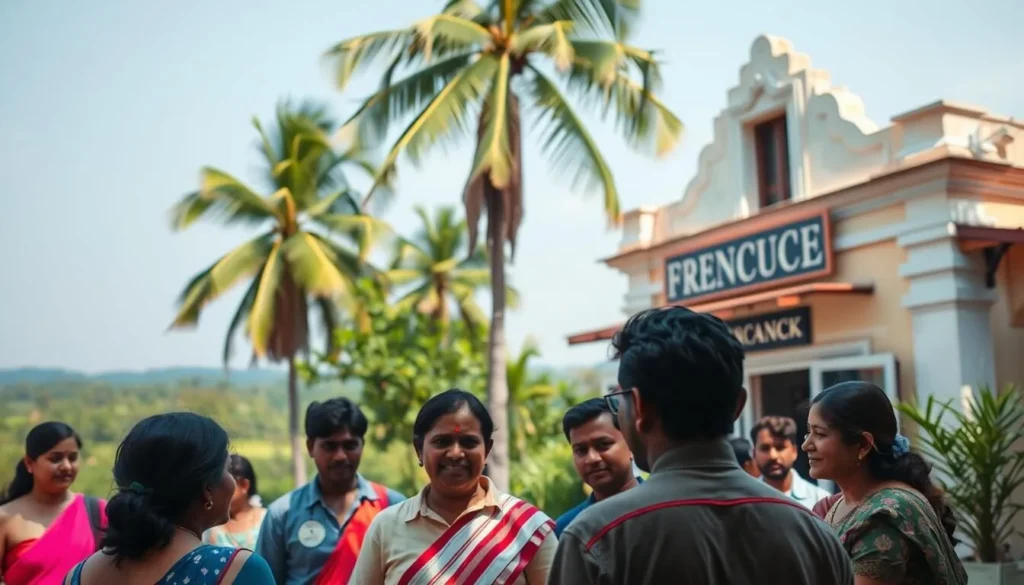
Linguistic Transition After Independence
After India gained independence, the transition of French territories to the Indian Union was a complex process. You might find it interesting that the de facto transfer occurred on November 1, 1954, followed by the de jure transfer on May 28, 1956. The instruments of ratification were signed on August 16, 1962, formally making Pondicherry a union territory. Some key aspects of this transition include:
- The Treaty of Cession, which formalized the transfer, included provisions to protect the linguistic rights of the territory’s inhabitants.
- The period between 1954 and 1962 saw careful language planning to accommodate both the colonial linguistic legacy and indigenous language rights.
This transition laid the foundation for Puducherry’s current multilingual policy.
Puducherry (UT), India: Official and widely spoken languages
As you explore Puducherry, you’ll discover a fascinating blend of languages that have evolved over time. The Union Territory’s linguistic landscape is shaped by its history, cultural influences, and geographical distribution.
Legal Status of Languages in Puducherry
The legal status of languages in Puducherry is rooted in its history and protected by significant treaties. The Treaty of Cession between France and India in 1956 played a crucial role in determining the official languages of the territory.
You’ll find that this treaty not only protected French as an official language but also paved the way for the inclusion of other languages. The subsequent Pondicherry Representative Assembly resolution in 1963 and the Union Territories Act further solidified the status of Tamil, Telugu, Malayalam, and English as official languages.
The Treaty of Cession and Language Rights
The Treaty of Cession is a cornerstone in understanding language rights in Puducherry. Article II of the Treaty guaranteed the continuation of the special administrative status that existed before the transfer, including language policies.
| Language | Status | Significance |
|---|---|---|
| Tamil | Official Language | Predominant language spoken |
| French | Official Language | Legacy of French rule |
| Telugu, Malayalam, English | Official Languages | Recognized for regional and administrative purposes |

Tamil: The Predominant Language
Tamil is more than just a language in Puducherry; it’s a vital part of the region’s identity. As you delve into the demographics and cultural significance of Tamil, you’ll understand its pervasive presence in the daily lives of the people.
Demographics and Distribution of Tamil Speakers
The majority of the population in Puducherry, especially in the Puducherry and Karaikal districts, speaks Tamil as their first language. You can observe that Tamil is widely used in everyday conversations, signage, and official communications within these areas.
| District | Percentage of Tamil Speakers |
|---|---|
| Puducherry | 85% |
| Karaikal | 90% |
Cultural and Educational Significance of Tamil
Tamil holds a revered position in Puducherry’s educational system. Most educational institutions impart education in Tamil, and students are encouraged to take Tamil as their first language. The territory’s adoption of “Tamil Thai Valthu” (Prayer to Mother Tamil) as its anthem underscores the deep connection between the language and the cultural heritage of Puducherry.
You’ll notice that Tamil cultural festivals, including Pongal and Tamil New Year, are celebrated with great enthusiasm throughout Puducherry, reinforcing the language’s central role in the territory’s cultural life. The rich literary tradition of Tamil, dating back over 2,000 years, provides insights into the historical and cultural development of the region through classical works like Thirukkural and Sangam literature.
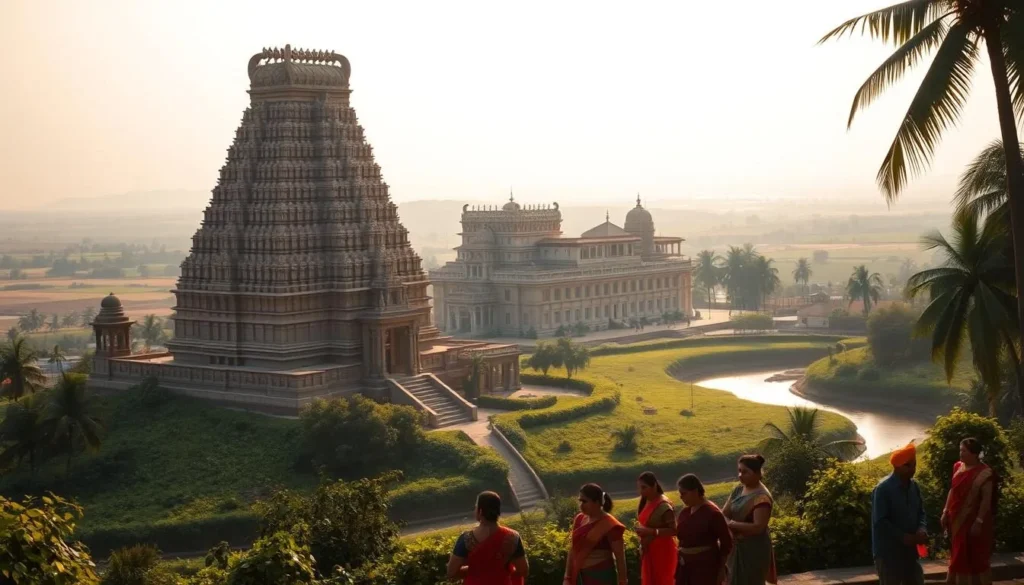
French: The Colonial Legacy
The colonial past of Puducherry is reflected in the continued use and promotion of the French language. As a union territory with a history of French rule, Puducherry’s linguistic landscape is unique.
Current Status and Usage of French
French continues to be an important language in Puducherry, with various institutions promoting its use. You can still hear French being spoken in certain parts of the town, particularly among the older population who may have been educated in French.
French Educational and Cultural Institutions
The Lycée Français de Pondichéry and Alliance Française are two prestigious institutions dedicated to preserving and promoting French language and culture in Puducherry. These institutions offer language courses, cultural events, and educational programs.
| Institution | Role | Significance |
|---|---|---|
| Lycée Français de Pondichéry | Education | One of the oldest French educational institutions outside France |
| Alliance Française | Cultural Exchange | Promotes Indo-French cultural exchange through various events |
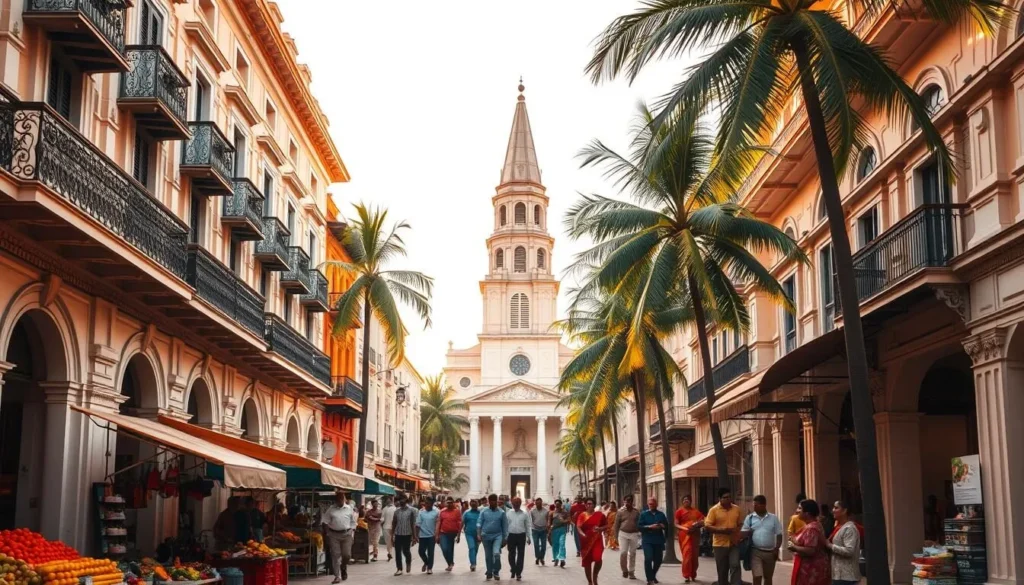
You can experience the rich cultural heritage of Puducherry by visiting these institutions and participating in their events. The annual Bonjour India festival is a notable example, showcasing the unique blend of French and Indian influences in the region.
Regional Languages: Malayalam, Telugu, and Others
Puducherry’s cultural mosaic is reflected in its languages, with regional languages like Malayalam and Telugu, and other minority languages contributing to its diversity. The territory’s linguistic landscape is a testament to its rich cultural heritage.
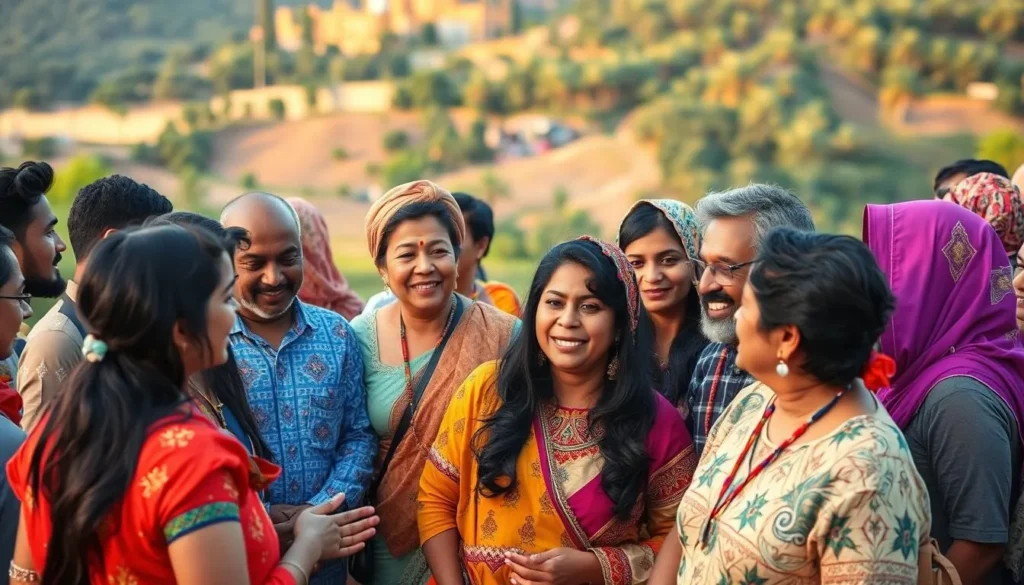
Malayalam in Mahe
Malayalam is predominantly spoken in Mahe, one of the districts of Puducherry. The language is an integral part of the cultural identity of the people living in Mahe, reflecting the district’s historical and cultural ties with Kerala, where Malayalam is the primary language. You’ll find that Malayalam is widely used in daily life, in local media, and in educational institutions.
Telugu in Yanam
Telugu is the main language spoken in Yanam, another district of Puducherry. The presence of Telugu reflects the district’s geographical and cultural proximity to Andhra Pradesh, where Telugu is the predominant language. Telugu culture and language play a significant role in the local traditions and daily life of the people in Yanam.
Other Minority Languages
Apart from Malayalam and Telugu, Puducherry is home to several other minority languages, including Urdu, French, Kannada, Hindi, Gujarati, English, and Marathi. These languages reflect both historical migrations and contemporary demographic patterns within the territory. You might hear Urdu spoken by Muslim communities, particularly in the Puducherry district, and encounter Hindi, Gujarati, and Marathi in certain neighborhoods due to migrant communities.
English: The Bridge Language
English is a crucial language in Puducherry, serving as a bridge between cultures. As a union territory with a diverse population, Puducherry’s use of English facilitates communication across different linguistic groups.
Administrative and Educational Role of English
English plays a significant role in the administrative and educational sectors of Puducherry. It is used in government offices, courts, and educational institutions, ensuring that the territory remains connected with the rest of India and the global community. You will find that many official documents and government communications are available in English, making it easier for people from different linguistic backgrounds to access public services.
English in Tourism and Business
In the tourism and international business sectors, English is pivotal. You’ll notice that tourism information centers, heritage walks, and guided tours are typically conducted in English, making Puducherry’s rich cultural heritage accessible to visitors from around the world. 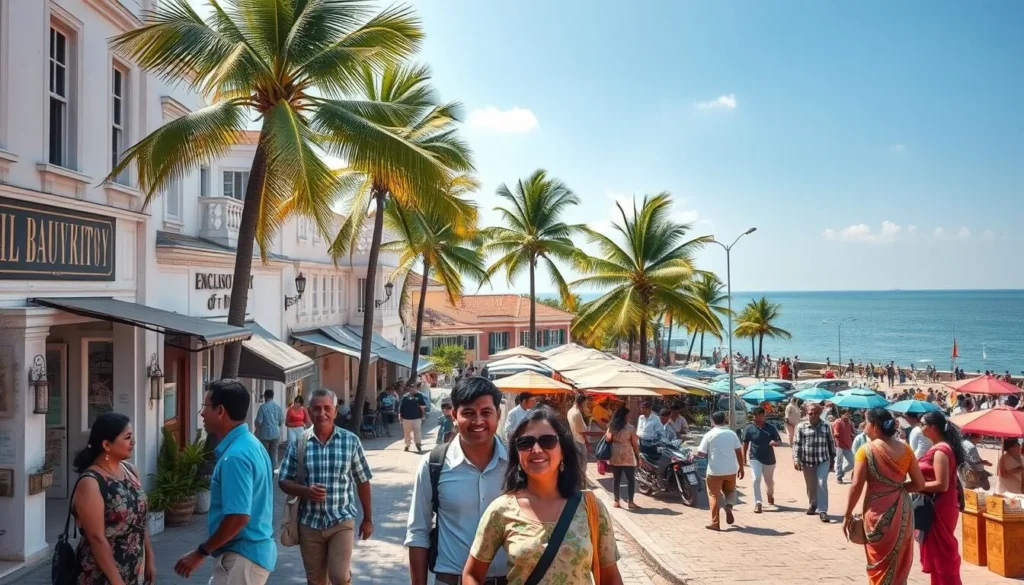 Many businesses, especially in tourist areas, have staff who speak English fluently, enhancing your shopping and dining experiences. The widespread use of English has contributed significantly to Puducherry’s economic development, positioning it as an important destination on India’s tourism map.
Many businesses, especially in tourist areas, have staff who speak English fluently, enhancing your shopping and dining experiences. The widespread use of English has contributed significantly to Puducherry’s economic development, positioning it as an important destination on India’s tourism map.
Conclusion: Preserving Linguistic Diversity in Puducherry
The union territory of Puducherry presents a fascinating case study in multilingual coexistence, with five official languages thriving within a small geographical area of 483 square kilometers.
You’ll appreciate how Puducherry has managed to preserve its French colonial linguistic legacy while embracing regional languages like Tamil, Malayalam, and Telugu. This linguistic diversity is a valuable asset, supporting the territory’s high literacy rate of 86.55% and institutions like Pondicherry University and JIPMER.
As Puducherry continues to develop as a tourist destination and educational hub, its multilingual character will remain a cultural asset and practical advantage in an increasingly globalized world. Preserving this diversity is crucial for maintaining the territory’s distinct identity.
—
The above is subject to change.
Check back often to TRAVEL.COM for the latest travel tips and deals.
